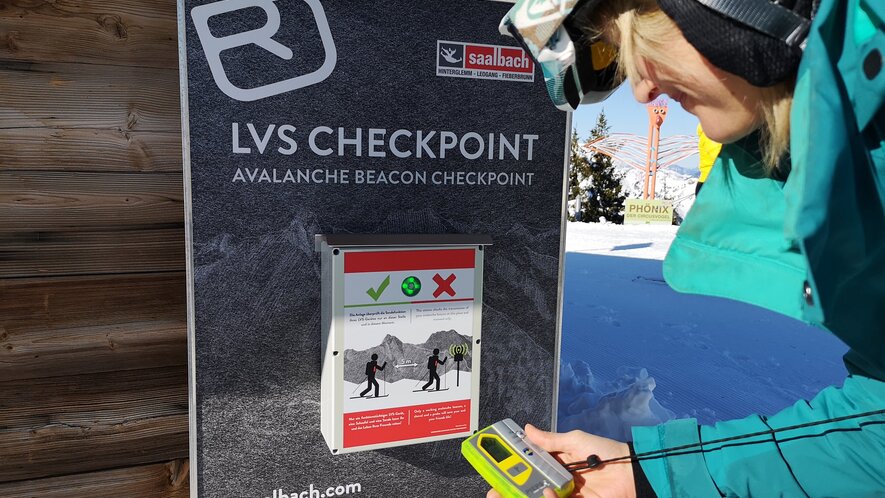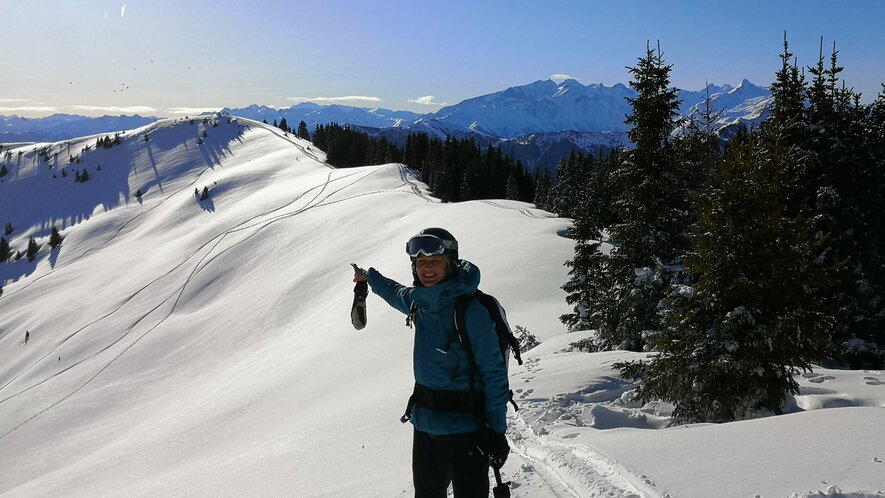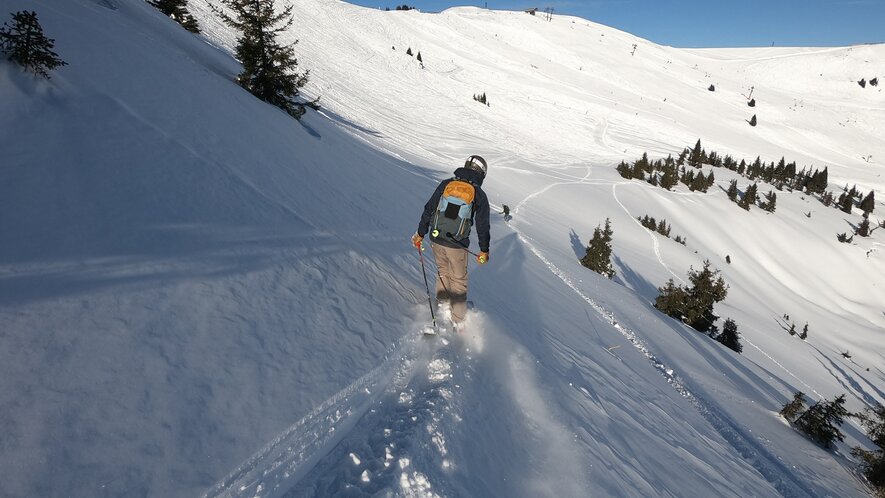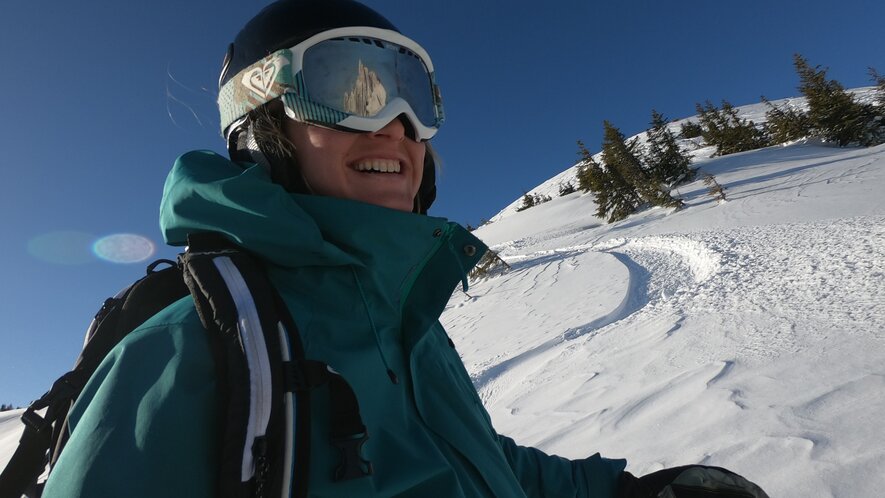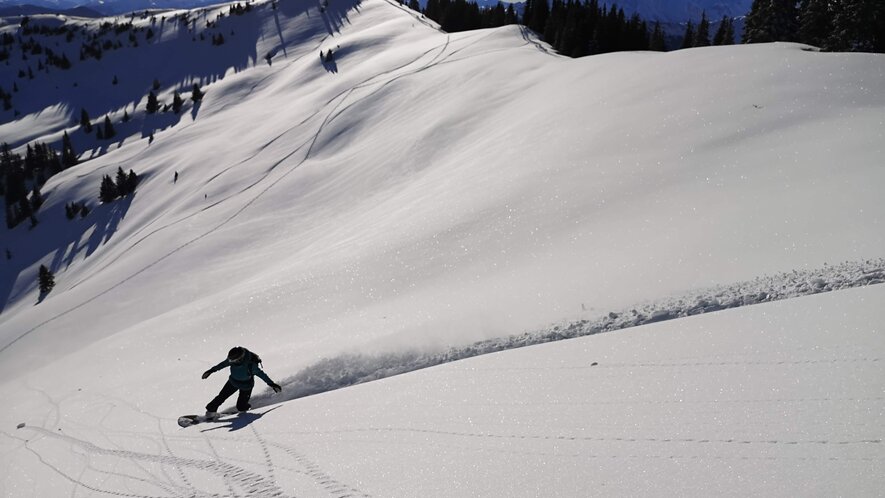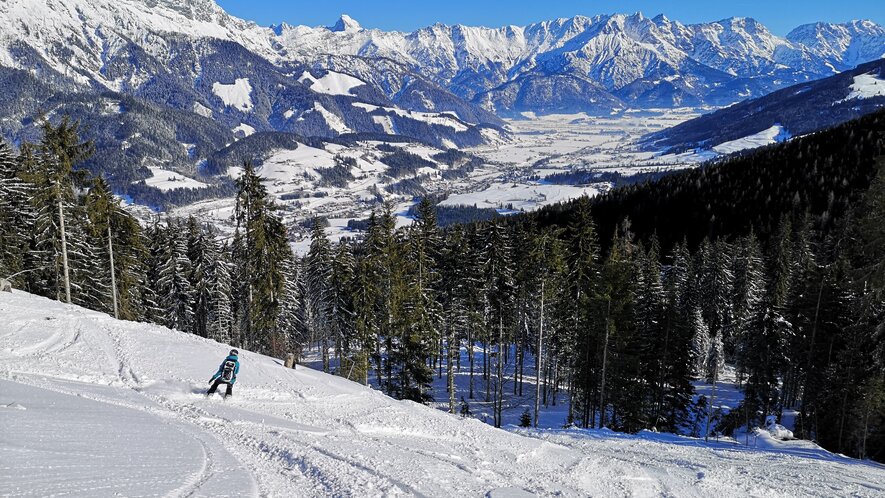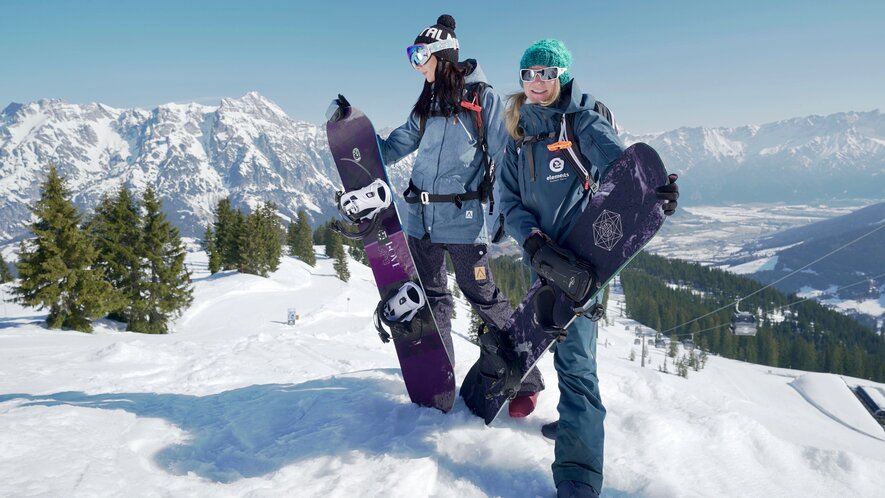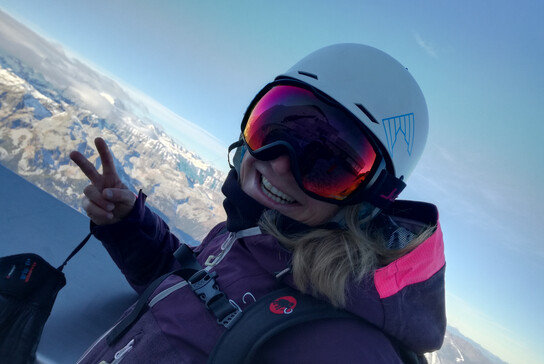Tips and tricks for freeriding in Saalfelden Leogang
Better safe than sorry! Safety is especially crucial when it comes to freeriding. In this article, you get to know what you definitely should know about freeriding in Saalfelden Leogang, where you find the perfect slopes and who should best accompany you. For some answers to my questions, I talked to Sabine Enzinger from Elements Outdoorsport - a big thanks to you!
1. Everything you should know before your freeride tour
It's really important to prepare yourself and your equipment for a day off the beaten tracks. When planing your trip, it's crucial to have a look at the avalanche report and to choose an appropriate route. The weather plays an important role too and of course a good choice of your route. When choosing your route, you should ask yourself four essential questions: Is the area exposed? Are the slopes very steep? How is the structure of the different layers of snow? What does the weather forecast say? Moreover you should controll your equipment and prepare everything you need.
- Avalanche transceiver
- Probing staff
- Shovel
- First aid kit
- Bivy bag
- Cell phone
- Perhaps an airbag backpack
- Appropriate clothes and a helmet
- Freeride skis, ski poles, skins (or splitboard/snowboard)
If you are thinking about buying an avalanche transceicer, it is recommended to buy a digital device which has 3 aerials. Nowadays this device is already state of the art. In case of emergency, the three aerials will guide you to the buried person with the help of arrows on the display. It's also possible to locate more than one buried person with a function of marking. With the former devices, which had just one or two aerials to send and receice signals, the search has been much more difficult and required a lot of training. By the way, training is a good keyword. Even the newest avalance transceivers are not easy to handle - to attend a course is highly recommended!
2. Avalance airbag - yes or no?
First things first: What's avalanche airbag supposed to mean? An avalanche airbag or an avalanche backpack respectively, is an airbag which is integrated in a backpack and can be triggerd by a handle at the front of your backpack. When an avalanche is started, and you have no chance to escape, your chances of surviving are much higher, if you have an avalanche airbag and trigger it, because then you stay on the surface of the snow and are not burried so easily. Wheter an avalance airbag is an essential part of your freeride equipment or not, tells us Sabine. "I do always have it with me, when I'm on my way off the beaten tracks. I see more and more people who have an avalanche airbag with them, however often they do not really know how to handle them correctly and in some cases it leads to risky decisions. However, I think when you know how to handle it correctly, the avalance airbag is a really good equipment."
3. What you should know when you are a beginner
"First of all, you should start working on your technique and do not rush into anything", says Sabine. She recommends a workshop, where you get teached the right technique, how to behave while freeriding in an exposed area and how to handle your equipment. Freeriding is definitely more fun, when you know what you do and can easily glide across the snow, instead of sliding down the slope and being worried the whole time. When you are a beginner, you should not go allone and without any experience or skills. Always take a guide with you and try your first freeriding directly next to the groomed slopes or on marked ski routes.
4. What you should definitely know about snow, weather and exposed slopes
As already mentioned above, it is crucial to have a look at the weather forecast and the avalanche report before your freeriding tour and to choose your routes accordingly. Not only the current weather is important, but also the weather of the past days plays an essential role for the structure of the different snow layers and therefore for the risk of avalanches. We concluded the points which are important when it comes to weather, snow, open terrain and what you should pay attention to before and while freeriding:
Interpret the avalanche report in a right way
Below you find a general classification of the avalance alert levels, which is easy to remember:
- Avalanche alert level 5 = stay at home
- Avalanche alert level 4 = stay at the groomed slopes
- Avalanche alert level 3 = no slopes which are steeper than 35 degrees
- Avalanche alert level 2 = no slopes which are steeper than 40 degrees
The angle of the slope can be meassured with your two skiing poles. Alternatively you can use different apps, which can help you.
Observe and judge the structure of the different levels of snow
At the courses, the guides often dig down and have a look at the snow profile to observe the different layers of snow. Depending on wind, temperature and rain- and snowfall of the past weeks, there are different layers of snow, which are differntly stable. When there are many thin layers or even a sliding layer of snow, the snow profil is extremely unstable. Especially dangerous is fresh snow, because then avalanches can easily be started. When you are on your way at an open terrain and you see new snow slabs or their breaking lines, it's best to leave the slope as soon as possible.
Observe changes in weather
Especially fog is very dangerous when it comes to freeriding, as your sight will be massively reduced. When you are on your way in open terrain it is extremely crucial to keep an eye on the current weather, because quick changes can be possible, especially in the mountains. And then the conditions change rapidely.
5. With whom you find the perfect slope
Sabine answeres this important question. "The right answer definitely is with a freeride guide! We do not only adapt the routes to the skills and needs of each person, but we also adapt to the current weather conditions and avalanche situations. For beginners it is not so easy to judge weather conditions, steepness of slopes and or knowing the risks."
6. What you should do after your tour
Relax yourself, chill and enjoy the memories of your tour! Plan your next one and look after your equipment! 😊



